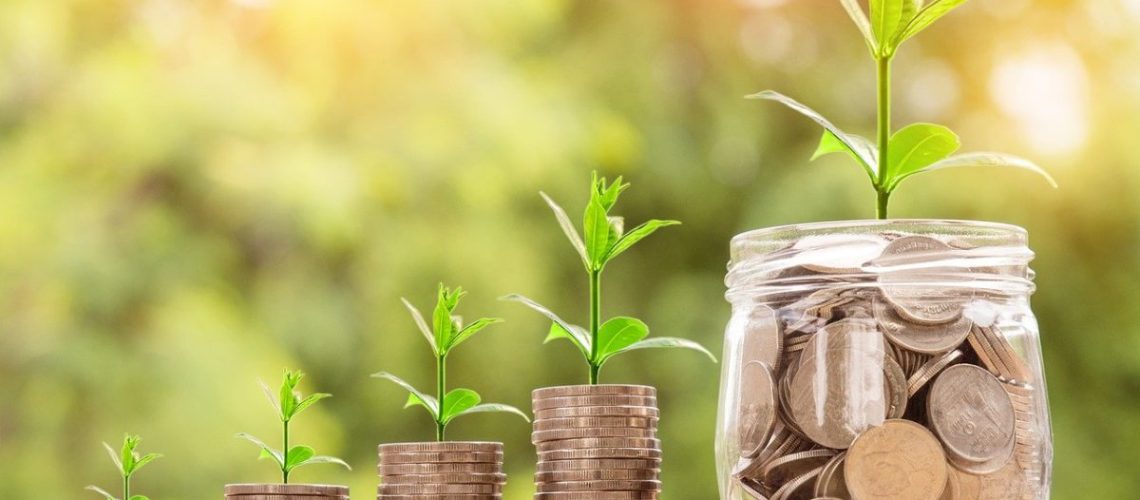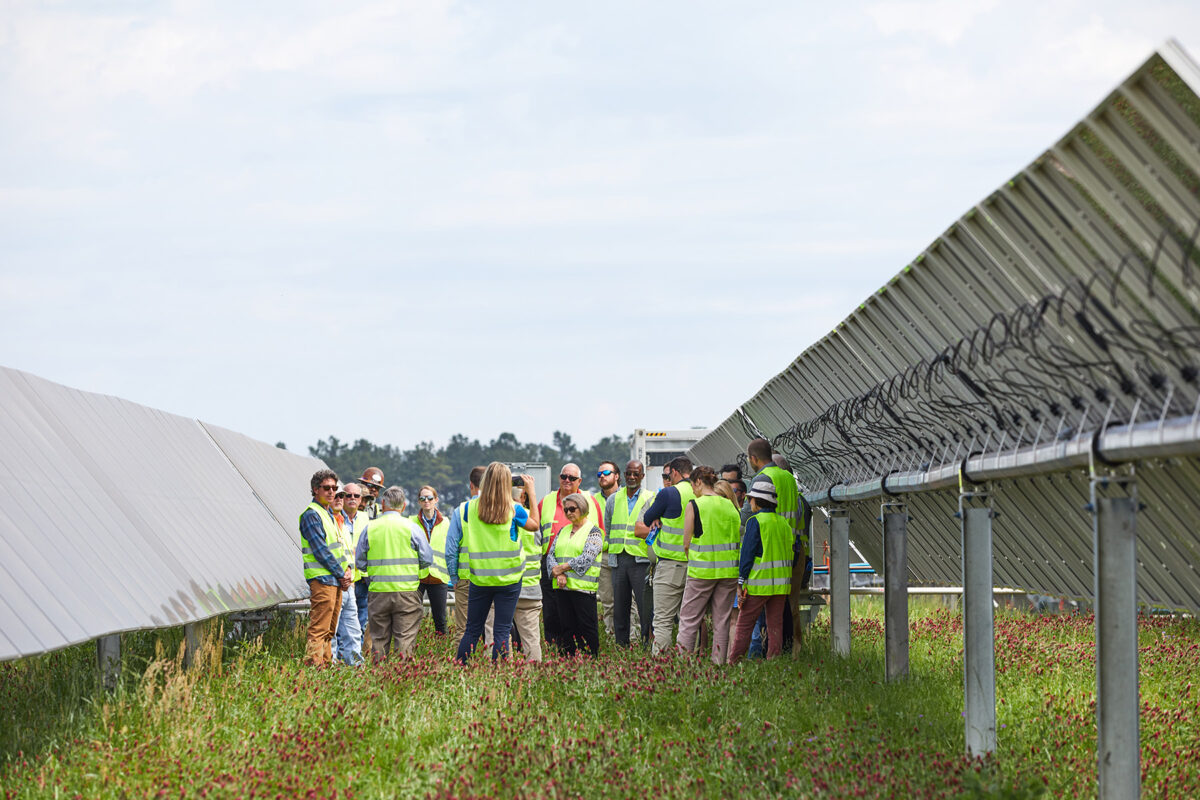Preliminary reports from the Coalition for Green Capital say investment in clean energy projects and technologies increased 52% over 2022.
The Coalition for Green Capital (CGC), a non-profit group focused on generating financing for climate technologies and clean energy projects, says public and private investments in its network increased over 50% in 2023 to $7 billion compared to $4.6 billion in 2022. The preliminary figures will be amended in the 501(c)(3) organization’s forthcoming annual report.
The CGC does business as the American Green Bank Consortium (AGBC), which consists of over 40 green banks and financing entities.
According to the preliminary reporting, which represents data from about half of the AGBC network accounting to date, $2.5 billion of the 2023 investments were from the members’ own capital, while $4.5 billion came from private capital they attracted. Reed Hundt, CGC’s founder chief executive officer, said in a statement that he expects total investment will reach $10 billion for last year when all data are reported.
Cumulatively, the organization says it has helped attract $21 billion in investment since 2011. It was founded in 2009 with a mission to address climate change by attracting investment in clean power and related technologies.
Rather than directing the financing to individual projects, the CGC works to promote so-called green banks in individual states, which in turn work to attract investors in projects and technologies. For example, the affiliated CGB Green Liberty Notes LLC, a subsidiary of the Connecticut Green Bank, recently announced a new offering in its crowdfunding campaign to attract investments that has enabled small businesses to take out $100 million Small Business Energy Advantage loans.
Such loans are part of a Connecticut program to encourage small businesses to modernize their facilities to improve energy efficiency and use of green energy. For example, the U.S. Environmental Protection Agency announced selectees that will receive $7 billion in grant awards through the Solar for All program to develop solar projects for those who might not be able to buy PV installations themselves. The role of the green bank in this case is to alert financial institutions that the government program exists and that a reliable entity is on hand to assure that investment.
Bryan Garcia, CEO of the Connecticut Green Bank and also chair of the CGC, told pv magazine USA that green banks are essential for pairing funded government clean-energy programs with public and private lenders that might otherwise be wary of the risk.
“The impetus is really around enabling ambitious public policies like, for example, a zero-emission renewable energy credit for commercial solar, to be affordable and accessible to everyone, even renters,” Gacia said. “How do you make the benefits of clean energy technologies affordable and accessible to everyone?”
Risk, as it turns out, is the operative word. Burt Hunter, chief investment officer of the Connecticut Green Bank, told pv magazine USA that organizations like green banks bridge the gap between government opportunities and private investment. If private lenders might balk at the apparent risks of backing clean energy projects, especially for underserved communities, green banks exist to reduce the risk.
“I think what we’ve discovered is that the reason things work so well in Connecticut is we have the right policies to provide the framework that encourages investment in clean energy,” Hunter said. “Investors are pretty straightforward. They just want to know that they’ll be able to get returns, and they also want to know that the rules won’t be changed too much to the detriment of the money that they’ve put out the door. So, it’s not a lot to ask.”
If green banks work to fulfill state policies with regard to clean energy development, might the concept work at the national level? Garcia says the CGC, which he describes as a “chamber of commerce” for state-level green banks, would support a national version of the institution.
The organization says it is seeking a total of $11.9 billion through the U.S. Environmental Protection Agency’s Greenhouse Gas Reduction Fund programs to establish a national green bank. The non-profit is currently active in 40 states. With a national reach, the CGC says it could expect to attract $35 billion in cumulative private-public investing in the first year of inception.






